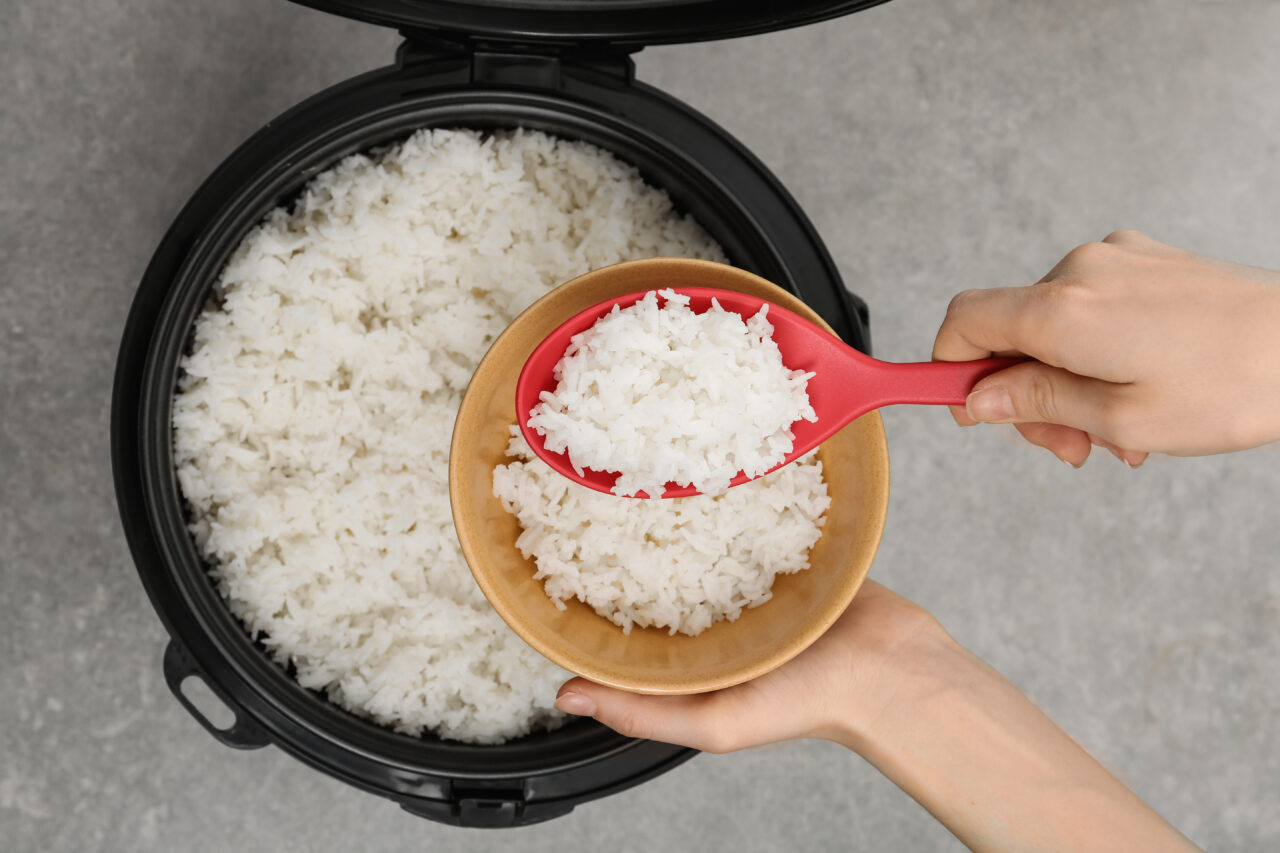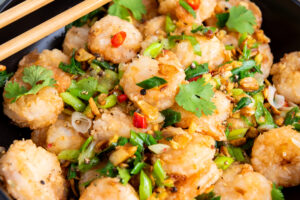Choosing the correct type of rice can be a challenge, given the numerous options available on store shelves. From long-grain varieties to short-grain selections and from white to black rice, each type serves a unique purpose and enhances specific dishes.
Understanding these differences is essential for anyone looking to elevate their culinary creations. This guide presents a clear overview, making it easier for readers to select the perfect rice for their meals.
Rice Length Classification
Rice is classified into three main categories based on grain length:
- Long Grain: This type features a light and fluffy texture, with individual grains that stay separate when cooked. Jasmine and basmati are well-known examples.
- Medium Grain: Medium-grain rice has a moist and tender texture. Notable varieties include Arborio and carnaroli.
- Short Grain: Characterized by its tendency to stick together, short-grain rice creates a sticky or glutinous texture. This term refers to its adhesive quality rather than gluten content. Popular short-grain types are glutinous rice, Chinese black rice, and Bomba rice.
Common Varieties of Rice
Basmati Rice
Basmati rice is a distinctive long-grain variety that originates from Asia, particularly the foothills of the Himalayas. Known for its light, nutty flavor and fragrant aroma, it is available in white and brown forms. The slender grains of basmati can expand up to three times their original size during cooking, maintaining a separate and fluffy texture.
This rice is a cornerstone of various Indian and Pakistani dishes, including biryani and kheer, as well as rich curries such as lamb korma and saag. For optimal flavor, it is beneficial to soak basmati rice for about 30 minutes prior to cooking, which can also shorten the cooking time by around 20%. It has the ability to absorb flavors well, making it a versatile ingredient in both savory and sweet dishes.
Jasmine Rice
Originating primarily from Thailand and Cambodia, jasmine rice is another popular long-grain variety. It is cherished for its subtle nuttiness and aromatic profile, characterized by a delightful floral scent. Although somewhat shorter than basmati, jasmine rice can often be used interchangeably in recipes.
When cooked, jasmine rice yields a moist and tender texture, making it an excellent choice for traditional Southeast Asian dishes. It pairs well with food such as coconut rice, and is commonly included in meals like ground beef skillet dishes or chicken and rice casseroles. Available in both white and brown varieties, jasmine rice complements various proteins and stir-fries, serving as a key component in recipes like pilafs and fried rice.
Wild Rice
Despite its name, wild rice is not actually a true rice but rather a type of aquatic grass. It grows primarily in the shallow waters of lakes and slow-moving streams in North America, including regions around the Great Lakes and parts of Canada. Wild rice has a unique chewy outer layer with a tender interior, making it a nutritious choice due to its high protein and fiber content, alongside a low glycemic index.
There are several varieties of wild rice, such as Northern wild rice, Texas wild rice, and Manchurian wild rice. It is often featured in salads, soups, and as a hearty side dish. Wild rice provides a nutty and earthy flavor, but its cooking process is lengthy, taking up to an hour for the grains to fully soften. Cooking wild rice like pasta—by boiling it in ample salted water—allows it to triple in size, so portioning is crucial.
Arborio Rice
Arborio rice, an Italian short-grain variety, is widely recognized for its role in creating creamy risottos. Its short, stubby shape and high starch content contribute to the incredible creaminess that characterizes dishes made with this rice. In addition to risotto, Arborio rice is also suitable for rice pudding, allowing for a range of culinary opportunities.
Cooked Arborio rice achieves a rich, velvety texture that enhances various savory and sweet recipes. As it absorbs flavors, this rice type becomes a popular option among chefs and home cooks alike, ensuring creamy and satisfying results in numerous dishes.
Recipe Tip
Black Rice
Black rice, often referred to as forbidden rice, is a distinct variety notable for its dark color, derived from anthocyanins, similar to antioxidants in blueberries. It is high in protein and iron, typically found in whole grain form. This rice variety has a unique earthy and nutty flavor. Cooking black rice generally takes around 60 minutes. It pairs excellently with dishes like veggie and tofu bowls or as a side for robust stews.
Glutinous Rice
Glutinous rice is recognized for its soft texture and high starch content, making it perfect for recipes that need a sticky and compact consistency, such as sushi or onigiri. Although often associated with Japanese glutinous rice, there are several varieties available worldwide. To prepare it correctly, soaking the rice overnight and then steaming it in a bamboo basket is recommended for the best results.
Brown Rice
Brown rice can be derived from any rice grain, maintaining the outer hull, which classifies it as a whole grain. This composition results in a nuttier flavor and chewier texture. When compared to white rice, brown rice requires a longer cooking time due to its bran and germ content. Many appreciate the hearty taste it provides in dishes like Greek-style rice bowls. While its cooking time can be a drawback, pre-cooked options are available for convenient meal preparation.
The Final Thoughts on Rice
Rice is a staple with a diverse range of varieties beyond the familiar basmati. Each type, from fluffy jasmine to the unique black rice, offers distinct flavors and textures. Choosing the right rice can elevate any dish, be it a creamy risotto or an accompaniment to a favorite curry.
Types of Rice
- Basmati: Aromatic and long-grained, often used in Indian dishes.
- Jasmine: Fragrant and slightly sticky, ideal for Thai cuisine.
- Black Rice: Packed with antioxidants, it adds a novel twist to meals.
With such variety, rice can complement any culinary creation.




